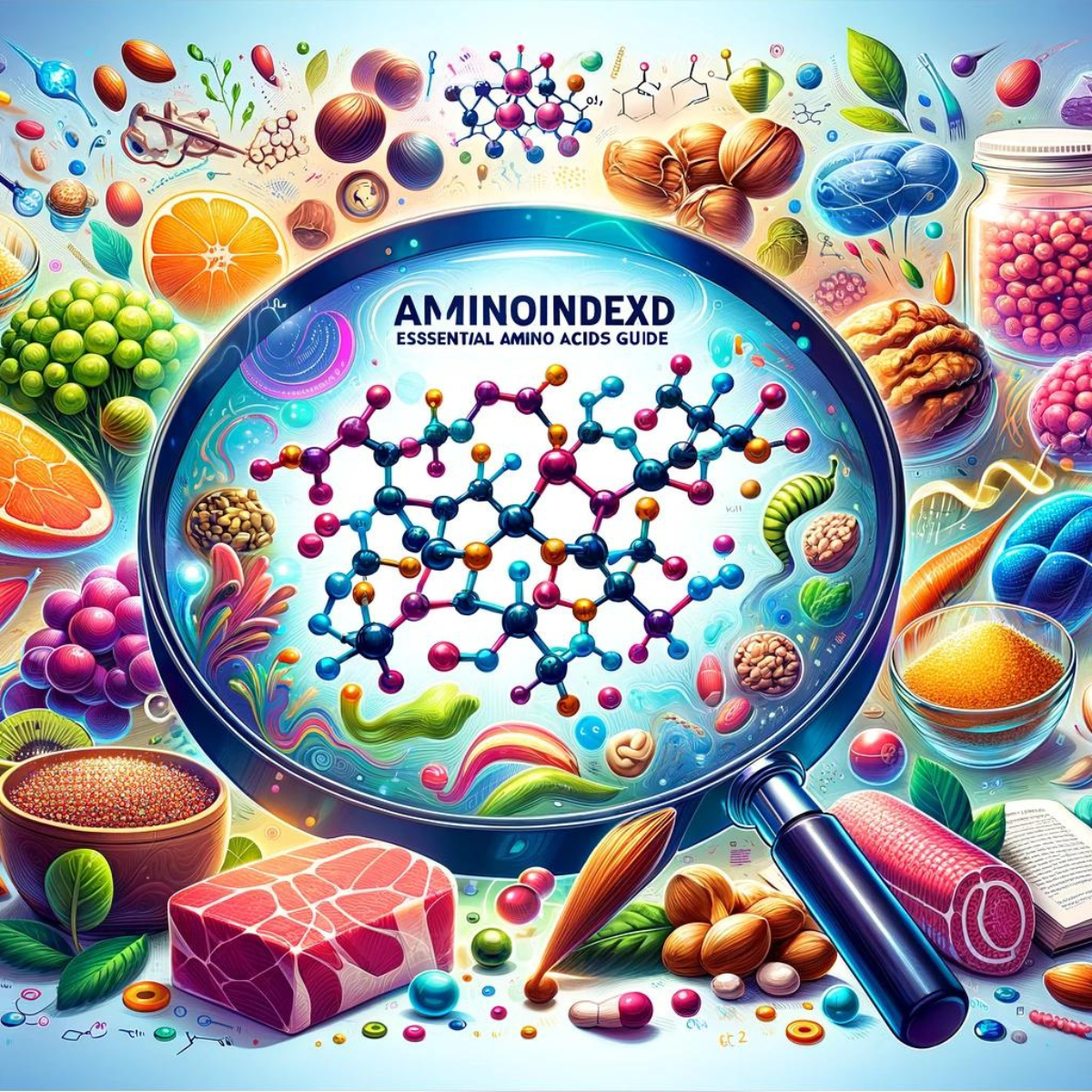Milk Calcium vs. Other Calcium Sources

When it comes to supplementing calcium for children, parents often face the choice between Milk Calcium and other Calcium Sources. This section explores the differences and helps in making an informed decision.
Understanding Milk Calcium
Milk Calcium is derived directly from milk and is known for its unique composition that closely mimics the calcium found in human bones. This natural origin often makes it a preferred choice for children.
- Natural Source: Milk Calcium is extracted from cow's milk, providing a natural form of calcium.
- Composition: It contains not just calcium, but also other elements like phosphorus and magnesium, which are important for bone health.
Other Calcium Sources
There are several other calcium supplements available, often derived from non-dairy sources. These include:
- Calcium Carbonate: Extracted from rocks and is the most common form of calcium supplement.
- Calcium Citrate: Made from citric acid and calcium, it is well-absorbed and doesn't require as much stomach acid for absorption.
Absorption Differences
The key difference between Milk Calcium and other sources is the absorption rate and bioavailability.
- Milk Calcium: Tends to be more easily absorbed and utilized by the body, especially in the form of hydroxyapatite, which is crucial for developing strong bones and teeth.
- Other Sources: While effective, they may require more specific conditions for optimal absorption, like the presence of stomach acid.
Suitability for Children
When choosing a calcium supplement for children, consider the following:
- Digestibility: Milk Calcium is often gentler on young stomachs and more easily digested.
- Allergies and Intolerances: For children with dairy allergies or lactose intolerance, non-dairy calcium sources might be more appropriate.
Conclusion
Both Milk Calcium and other calcium sources have their advantages. The choice largely depends on the child’s specific health needs, dietary restrictions, and personal tolerance.


















